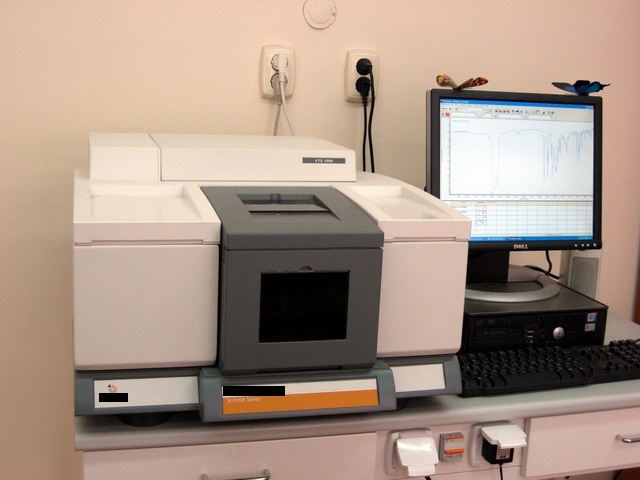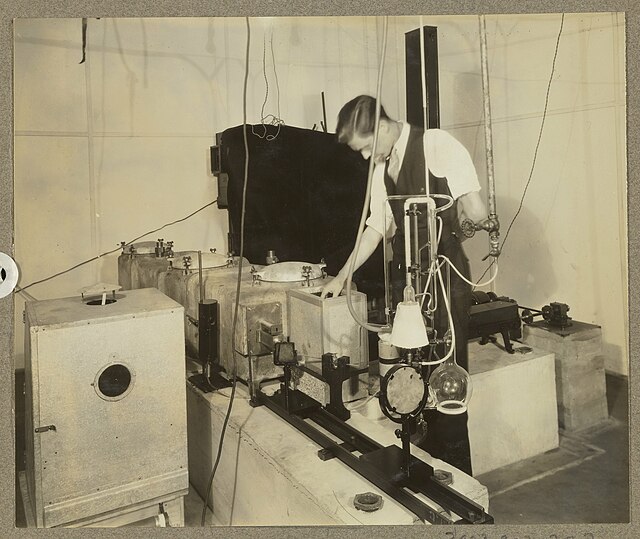What is FTIR?
The FTIR spectrometer, also known as the FT-IR spectrometer, plays a crucial role in various scientific fields, including organic synthesis, polymer science, pharmaceuticals, and analytical chemistry. Its versatility makes it indispensable for monitoring final products and intermediate reaction products and conducting pre-screening for analytical testing.
Its capability to analyze various samples, including gases, liquids, and solids, sets infrared absorption spectroscopy apart. This analytical method offers significant advantages, such as rapid analysis completion within seconds and the minimal need for sample preparation in most cases. The efficiency and versatility of FTIR have led to its widespread adoption, particularly in replacing dispersive IR spectrometers due to its higher signal-to-noise ratio.




